Fireball always leads to a lot of players’ questions: how I should cast it? What’s the X? Why I might not assign different damage to different targets? Etc.
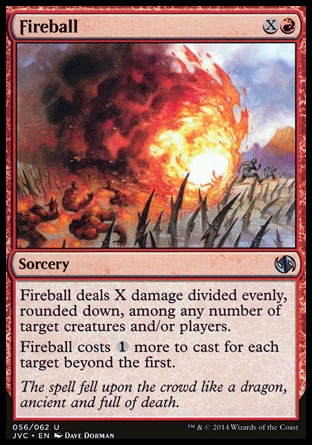
Oracle Text:
Sorcery
Fireball deals X damage divided evenly, rounded down, among any number of target creatures and/or players.
Fireball costs {1} more to cast for each target beyond the first.
This card is extremely simple. You should just read its text: “Fireball deals X damage divided evenly, rounded down, among any number of target creatures and/or players.
Fireball costs {1} more to cast for each target beyond the first.”
I have marked out the main word. I repeat it once more: evenly.
So I may stop writing this article and go drink coffee. BUT. Yes, there is one big “but”: majority of players can’t read cards (me too) and divide evenly.
Reading cards is a tech. And I want to close the Fireball question once for all.
Costs
Let’s start from prices. I hope all of you have heard something about a mana cost and a mana value. We will need another one — a total cost.
Here we have definitions. So,
- The mana cost is located at the upper right corner of the card or token. It is always indicated by mana symbols.
- The mana value is just amount of mana in the mana cost, regardless of color and the kind of mana. It is always a number.
- The total cost is the mana cost or alternative cost, plus all cost increases (including additional costs) and minus all cost reductions. Fireball’s mana cost and total cost may be different.
Any card with X in its mana cost immediately provokes players to make errors. Why? Because X is a variable. What is its value? In order to answer this question you should know where the card is. The fact is X has different values in different zones.
The value of X isn’t defined by the text of the Fireball, so in any zone other than the stack X equals 0, on the stack X equals the value which was announced by a player during casting of the spell. So the mana cost of the Fireball is {0}{R} out of the stack and {announced value}{R} on the stack.
The mana value (mana value) equals 1 out of the stack and announced value plus 1 on the stack, respectively.
The total cost is defined by amount of its targets, which are chosen during the casting (if there are no other effects affect the cost). Notably: {announced value} + {R} + {N}, where N is amount of targets beyond the first one.
Troubles with math? OK. Let’s use fingers. Say, you cast the Fireball with X=6 and choose 3 targets, so its mana cost on the stack is {6}{R}; mana value=7; and the total cost is {X=6}+{R}+{3-1}={8}{R}.
If you reveal the Fireball on the resolution of the Dark Confidant’s ability, then you lose one life, since the mana value of the Fireball equals 1 out of the stack.
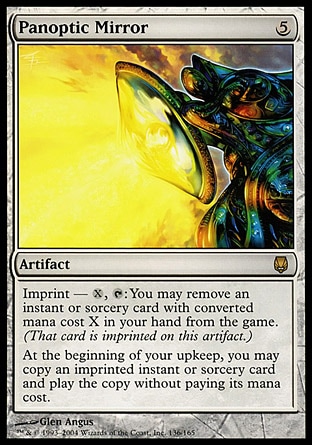
You may imprint the Fireball by Panoptic Mirror (for {1}), but it’s useless. Since if an effect lets a player cast the spell without paying its mana cost, then the only legal choice for X is 0.
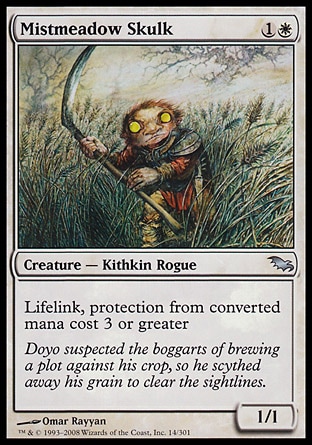
The Mistmeadow Skulk is legal target for Fireball with X=1, even if its total cost equals three or more due to some effect or amount of targets.
Since a player doesn’t divide or distribute damage from the Fireball (Fireball’s effect does it itself), you can choose 0 as value of X. See examples in “The effect” part.
Targets
The Fireball may have any number of targets. In this case “any” includes “none” (sometimes you need just cast a spell, i.e. for Storm purpose). And of course Fireball will be targeted spell only if it has at least one target. As resolves the targeted Fireball must have at least one legal target or it fizzles.
All chosen targets must be legal when you are casting the spell.
The amount of targets is independent of X. You easily can choose more targets then value of X is.
At last Fireball will be “spell with a single target” (say hello to Swerve) if you choose exactly one target.
The Effect
OK. Let’s divide damage.
Fireball divides damage himself (read the text again). Players don’t involve in this process. So division takes place as Fireball resolves and damage is distributed between the targets which are still legal.
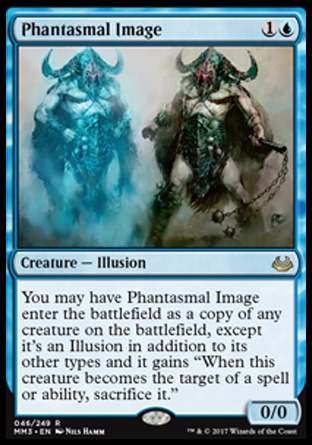
Let me introduce the best friend of Fireball. Only for one extra mana helps you get rid of it. The great news is it doesn’t take part in damage distribution. The Phantasmal Image’s trigger goes into the stack and resolves before Fireball resolves.
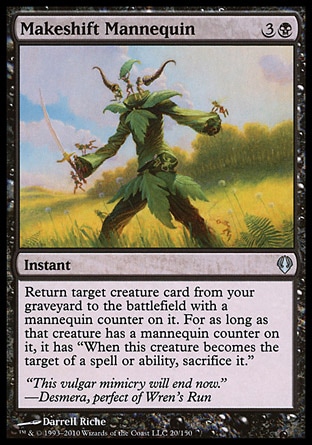
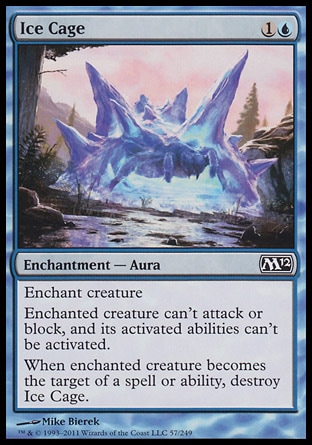
Say you cast Fireball with X=0, targeting enemy’s creature, which was brought into the battlefield by Makeshift Mannequin, and you own creature under Ice Cage. You pay only {1}{R} for free you creature and kill enemy’s one. By the way it doesn’t matter if Fireball revolves or not.
Copying
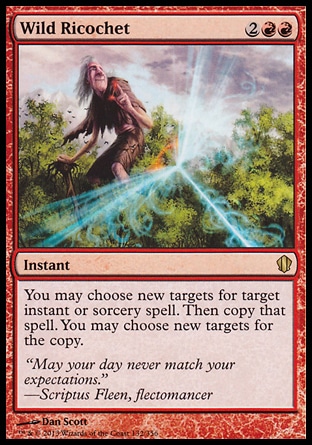
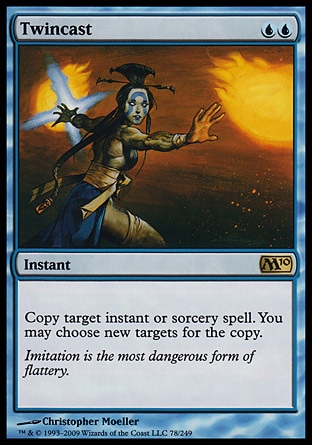
Do you remember Panoptic Mirror? Aha, X=0. But you copy a spell (not a card), then value of X is copied (hurray!).
You can’t change the amount of targets, but some effects allows you “choose new targets” for the spell. In that case may leave any number of the targets unchanged, even if those targets would be illegal. But if you decided to changed some targets, the new targets must be legal and must not cause any unchanged targets to become illegal.
Effects allow you change targets have different restrictions. Restrictions depend on the text of effect. So read it careful:
- “change the target(s)” works in “all or nothing” mode;
- “change a target” allows to change only one of targets;
- “change any targets” is the most democratic of them.
- ⇑ Some cards from the Future Sight set have alternate frames in which the mana symbols appear to the left of the illustration.
- ⇑ Fizzle (Magic slang) — term for a spell that lost all its targets upon resolution.

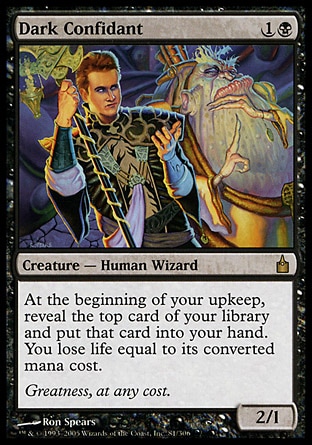
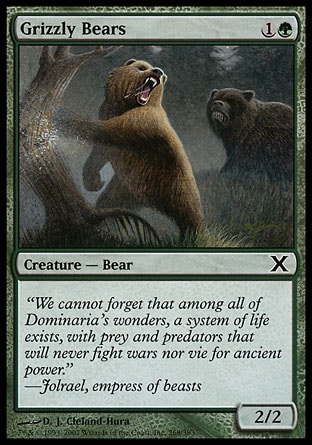
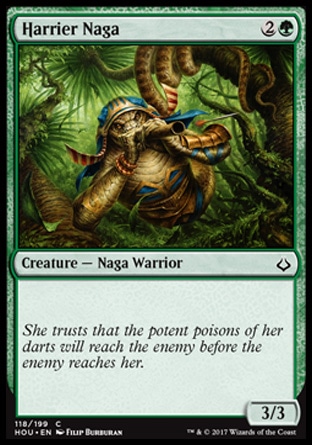
Very often players try to announce the Fireball like “2 for bear and 3 for Harrier Naga” and pay {6}{R}. Say you announce X=5 and add {1} for extra target. If both target are legal, then each gains 5/2=2.5 damages, rounding down, 2. Whoops. Harrier Naga is still alive.
Assume you opponent controls all three of these creatures. Let’s calculate the value for X and total cost of the Fireball. You have to assign 3 damages to Zombie, you will have two creatures on resolution, so X=3*2=6. The total cost is {6}+{R}+{2}, where {6} is value of X, {2} is an additional cost for two targets beyond the first. Altogether: {8}{R}.